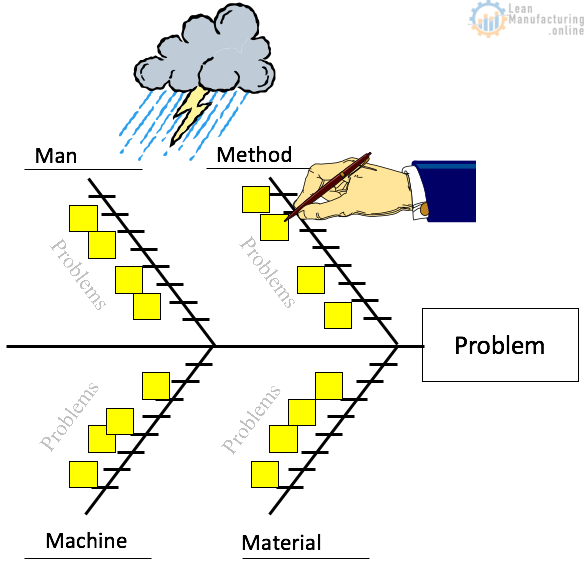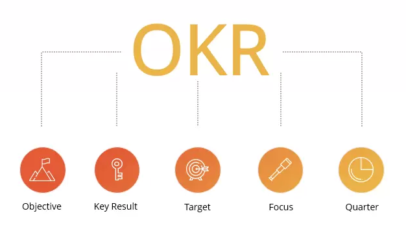Time loss that results from sporadic (unscheduled) plant stoppage where plant or equipment ceases to function as specified. The failure can be classified into two types, one is the function-stoppage type and the other is the function deterioration type. The function-stoppage type failure is the one that occurs unexpectedly, while the function-deterioration type failure is the one in which the equipment function decreases.
This loss is usually caused by a stoppage due to set-up change. The set-up change time is the period during which the production is stoppage to prepare for subsequent Production. The factor which spends the most time is “adjustment”.
The cutting tools change loss is caused by the line stoppage for replacing the grinding wheel, cutter, bit, etc. which might be broken or worn due to long service.
The minor stoppage loss differs from failure and is the one in which temporary trouble causes the equipment to stop or idle. It might be called a “minor trouble.” For example, idling of a line caused by a low supply of work in the chute due to clogging, and temporary line stops caused when the sensor detects a non-conforming product are examples of minor stoppage loss.
These losses can be eliminated and the line returned to normal operation so long as the clogged work is removed. The losses are quite different from natural equipment failure losses.
The speed loss is the loss caused by the difference between the designed speed and the actual working speed. For example, when the line was operated at the designed speed. it was found that the line caused poor quality or mechanical trouble in the line. In that case, the line had to be run at a slower speed than the designed one. This loss from this situation is called a speed loss.
This is the loss caused when defects are found and have to be reworked. In general, the defects are likely to be considered as waste that should be disposed of. But since even the reworked products need to be wasted manpower to repair them, this must be considered as a loss.
The start-up loss is the one that occurs until the start-up, running-in, and machining conditions of the equipment have been stabilized.
This loss is referred to as line shut-down loss, which is caused by stopping the equipment for periodical maintenance/inspection, and for a scheduled shutdown for legal inspection during the production stage.
Full presentation can be downloaded here

















